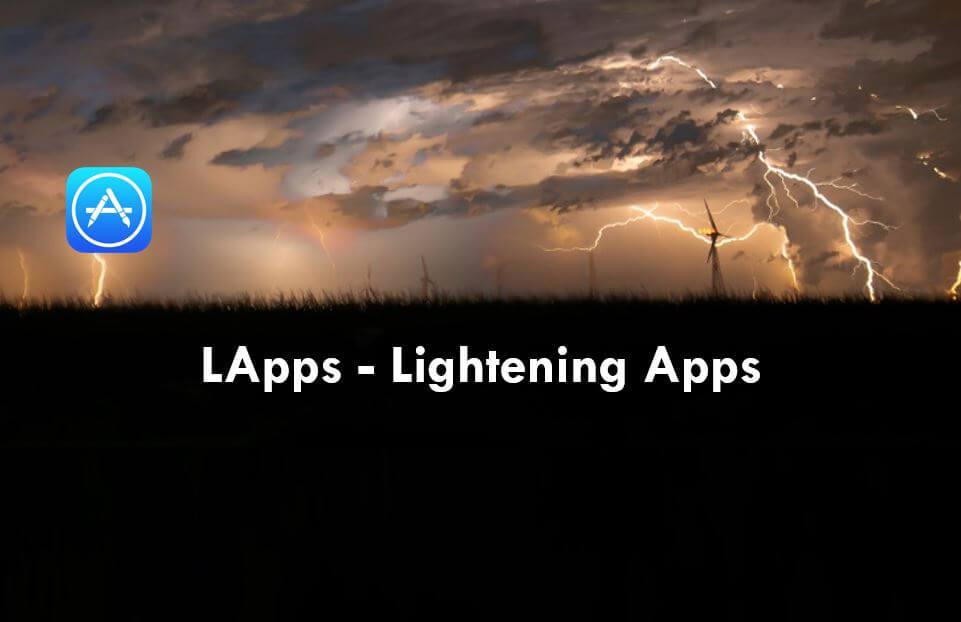Introduction
Second-layer scaling solutions such as Lightning Network have shown immense potential. One of the most underutilized abilities the second layer scaling solutions is the development of decentralized-like apps. However, Lightning Network Apps or LApps have leveraged this potential to the fullest and developed an extensive decentralized ecosystem that is scalable, versatile, and boasted with valuable features. The decentralized abilities of LApps will help in expanding the applications of cryptocurrencies and eliminate the many existing pitfalls that the landscape is dealing with.
What are LApps?
Lightning Network Apps (LApps) accessibility on the blockchain aims to address two critical points – lack of decentralized platforms and expansive transactions. The lack of decentralized apps is one of the biggest challenges that might impact the cryptocurrency’s future, and the core foundation of LApps is to eliminate this roadblock.
Secondly, LApps are built on the lightning network, which means that they are designed for micro-transactions. These significantly lower the entry barriers, increasing the potentials of LApps.
The existing use cases for Bitcoin are limited to financial activities. LN does not merely widen the application but also provide affordable experiences. Prior to LApps, a majority of cryptocurrency transactions needed to be executed through third-party cryptocurrency exchanges.
However, with LApps, peer-to-peer transactions can be performed efficiently on a large scale. LApps are currently in its early stages, and its capabilities are yet to be explored.
Types of Lightning Apps Available
As of now, there are five prominent types of LApps available including-
Wallets
While it is not ready to be used, HTC is gearing up to release the crypto phone – Exodus, which will be integrated with Lighting Network Hardware.
Integrations
LNCast is an excellent example that signifies Lightning Network capabilities with a specific product like a Lightning Network Podcast.
Bitrefill is another example of amalgamation between the Lightning Network and the retail landscape. LApps allows Bitrefill users to recharge their smartphones using Bitcoin or Litecoin.
CoinMall (now rebranded as Toffee) is another decentralized ecosystem for digital products that allow buyers and sellers to perform transactions through Zcash or Bitcoin.
Tipping
The LApps have simplified the application of the Lightning network and allowed more people to adopt the same. For instance, Lightning Tip is an effective LApps that is currently in Beta. It basically enables users to create an easy platform for users to accept tips via the Lightning network. Additionally, Tippin.me is another popular tipping LApps that everyone loves to use.
Protocol Services
Protocol services assist innovators and developers in using Lightning Network. For instance, 1ML is a Lightning Network search and analysis engine.
Developer Tools
With the growing innovation, development tools are also becoming more robust. For instance, the WooCommerce plugin is a gateway that accepts lightning payments.
Moreover, Radar Ion also announced the launch of a series of developer tools based on the Lightning Network.
Conclusion
The landscape of cryptocurrency is growing at an exponential rate. But its mainstream adoption will pave the way for prolific opportunities. By facilitating a decentralized ecosystem LApps, is allowing Bitcoin and other cryptocurrencies to be more efficient. It allows users to leverage quick, cheap, and scalable transactions. By extending a seamless transaction experience, LApps holds the potential to expand the potentials of cryptocurrencies across different industries in the coming times.

